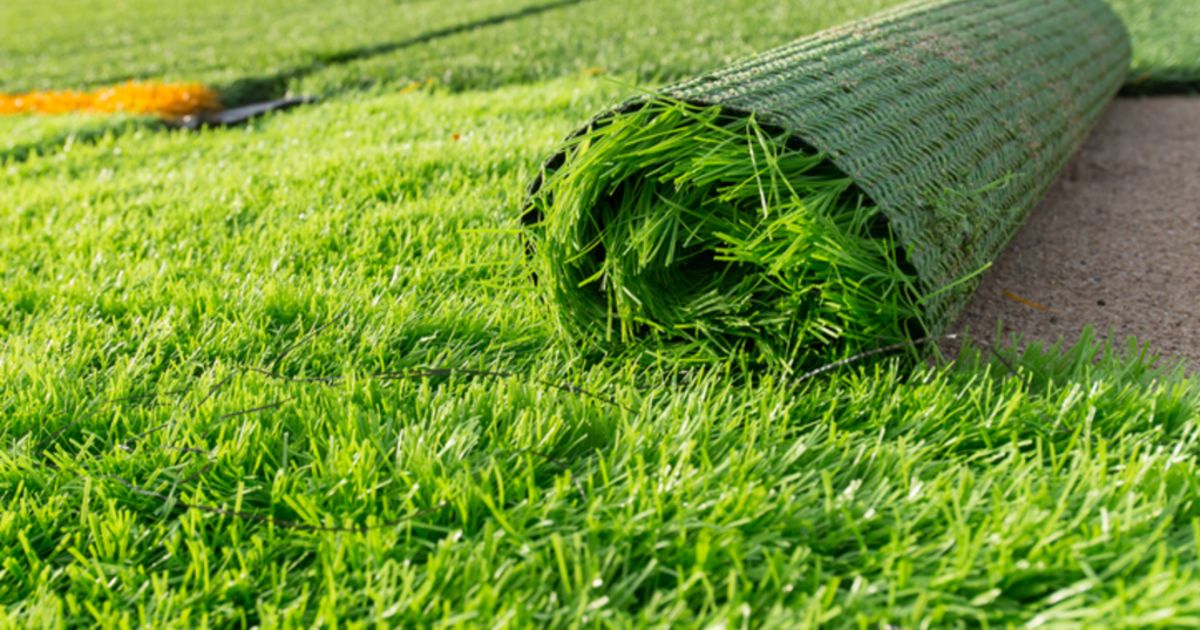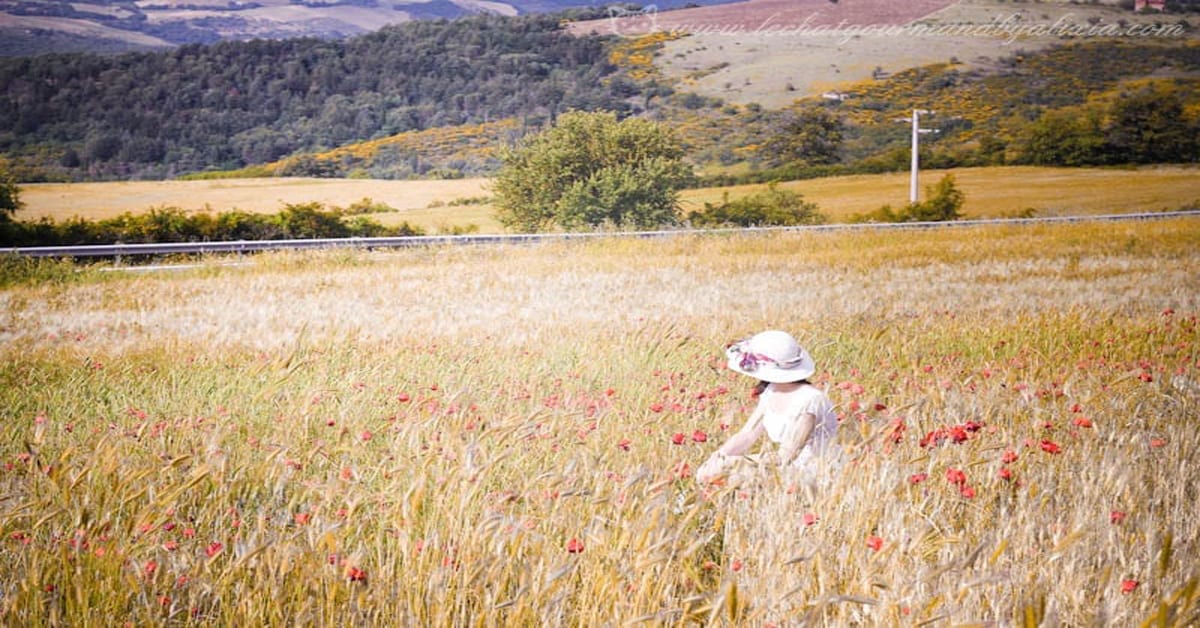Beautiful landscaping is, in a sense, the crown jewel of any home. Whether it’s vibrant flowers, lush trees, or a bright green lawn, there’s something so satisfying about a well-kept and beautifully designed home landscape.
However, a picture-perfect grass lawn may not be a reality for many people. For instance, there are people who are allergic to grass and may break out in hives or have other allergy attacks if they’re in contact with grass too long. Then, for those living in urban areas, a sprawling grass lawn lays far outside of the city. Finally, there are those who prefer to not spend their money on grass maintenance and would rather find an alternative to grass altogether.
Additionally, grass lawns come with an environmental cost. Many of us look at grass and think it’s automatically healthy because of its bright green hue. In reality, grass can contribute to several environmental problems. For instance, herbicide runoff may negatively impact the surrounding environment of your home. Grass lawns are often inefficiently watered and contribute to a staggering 3 trillion gallons of water per year.
So, whether you’re concerned about the environmental toll grass may take on the environment or simply searching for a way to spice up your home landscape, here are nine great lawn alternatives to grass that require fewer resources to maintain.
1. Creeping Jenny (Moneywort)

Creeping Jenny is a perennial, low-growing plant that is a fantastic alternative to grass. This stunning lime-green plant looks amazing wrapped around stepping stones and requires no mowing, helping to cut down on lawn mower emissions. However, it’s worth noting that creeping Jenny does need a little watering and fertilizing in order to thrive. So, if you’re up for a bit of maintenance, this stunning, leafy plant may be a great alternative for you.
Grows best in: Low-lying areas, moist soil, sun to partial shade
2. Stonecrop succulents (Sedums)

For a leafier, more unique type of lawn alternative, stonecrop succulents come in a few different colors to bring some life to your lawn. These easy-to-maintain plants add texture to pathways, rock gardens, hills, and any other geographic feature you may have in your yard. While stonecrop succulents take time to establish, they’re a great option for people who want to add a unique feature to their lawn (and avoid any extra work!). They are also well-adapted to dry areas and don’t require much water to survive.
Grows best in: Hot, dry areas, well-draining soil, full sun
3. Flowerbeds

What’s there not to love about flowers? Not only are flowerbeds a fantastic choice if you want a gorgeous and satisfying visual piece to have in your landscape, they’re also great for creating a thriving ecosystem in your very own yard! Between butterflies and bees, flowerbeds give insects places to pollinate and thrive. Look into easy-to-care-for flowers and shrubs like chamomile and snow-in-summer to cover part of your lawn effortlessly and gorgeously.
Grows best in: partial-to-full sun (depending on species)
4. Shrub beds

Similar to flowers, shrubs are a great choice for those who want something a bit more simple and minimalistic. With so many opinions to choose from, you can pair shrubs alongside flowerbeds or plant them alone depending on the look you’re going for. While these are (mostly) easy to maintain, it’s important to note that you may have to trim and shape these plants every so often in order to keep them looking their best.
5. Ornamental grass

While your typical suburban lawn grass can be a bit boring, that doesn’t mean all species of grass should be discounted. In fact, ornamental grasses can bring a new look to your lawn and, depending on the species, may add a bit of vibrancy and color to your landscape. Species like fescue, blue oat grass, fountain grass, and muhly grass grow into fountain-like shapes that make visually appealing additions to any landscape. Furthermore, these require little maintenance aside from the seasonal trim. So, look into different species of ornamental grasses to find the one that works best for you and your lawn!
Grows best in: most soils, most prefer sun (will differ by species)
6. Mulch

When it comes to grass alternatives for your yard, mulch is a classic choice. As a low-maintenance, sustainable, and visually interesting way to bring dimension to your lawn, mulch is fantastic for planting flowers, succulents, and any other plant you may want to grow. Mulch beds can replace as much space in your yard as you’d like and are a popular choice for those who disdain yard work. Recycled mulch can even increase the nutrients of the surrounding soil. Only requiring a replacement every year or so, mulch as a grass alternative is a surefire way to bring life and dimension to your yard.
7. Sand

For a tropical vibe, consider using sand as a grass alternative on your lawn. While an entire landscape of sand may be a little odd, placing sand in key places can bring a bit of dimension to your lawn. Whether you place it in a rock garden, around a water feature (or hot tub), or surrounding a fire pit, sand is a fun and visually interesting alternative to grass. It’s also important to note that sand is inexpensive, easy to maintain, and requires zero mowing or watering (what a win!).
8. Gravel

While rocks aren’t the first things that come to mind when most people think of a lawn, incorporating gravel and other rocks into your landscape can completely transform your space. Gravel is easy to maintain and can also bring in a ton of dimension to your lawn. However, if you choose to utilize gravel, be mindful of the way it attracts heat and can shift around if it isn’t contained properly.
9. Faux grass

Finally, if you love the look of grass but hate all of the upkeep, faux grass is your new best friend. This way, you’ll get both the look and feel of grass without worrying about mowing, watering, fertilizing, and any of the yard work that comes with it. To that same notion, faux grass is also beneficial to the environment by reducing water usage and herbicide runoff. Just make sure to choose an eco-friendly and well-made faux grass that will last for years.
Grass is usually the default choice for any lawn. However, that doesn’t mean you can’t have some fun and cut down on waste by sprucing up your landscape. From flora and fauna to sand and mulch, the possibilities when it comes to grass alternatives are vast! So, roll up your sleeves, get creative, and figure out which grass alternative is right for you and your outdoor space.




